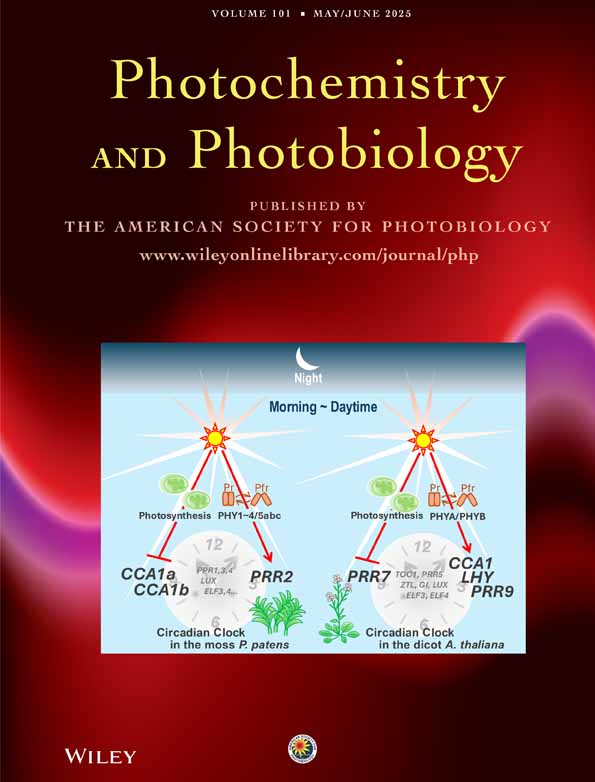Autofluorescence Patterns in Short-Term Cultures of Normal Cervical Tissue
ABSTRACT
Fluorescence spectroscopy has potential to improve cervical precancer detection. The relationship between tissue biochemistry and fluorescence is poorly understood. The goal of this study was to characterize normal cervical autofluorescence, using fresh tissue short-term tissue cultures and epithelial cell suspensions. Transverse, short-term tissue cultures were prepared from 31 cervical biopsies; autofluorescence images were obtained at 380 and 460 nm excitation. Fluorescence excitation–emission matrices were measured from normal, precancerous and cancerous cervical cell suspensions. Observed fluorescence patterns contrast those reported for frozen–thawed tissue, and were placed into groups with (1) bright epithelial and weak stromal fluorescence; (2) similar epithelial and stromal fluorescence; and (3) weak epithelial and bright stromal fluorescence. The average ages of women in the groups were 30.9, 38.0 and 49.2 years. Epithelial fluorescence intensity was similar in Groups 1 and 2, but weaker in Group 3. Stromal intensity was similar in Groups 2 and 3, but weaker in Group 1. The ratio of epithelial to stromal fluorescence intensity was significantly different for all groups. EEMs of cell suspensions showed peaks consistent with tryptophan, reduced form of nicotinamide adenine dinucleotide (phosphate) and flavin adenine dinucleotide. Short-term tissue cultures represent a novel, biologically appropriate model to understand cervical autofluorescence. Our results suggest a biological basis for the increased fluorescence seen in older, postmenopausal women.




